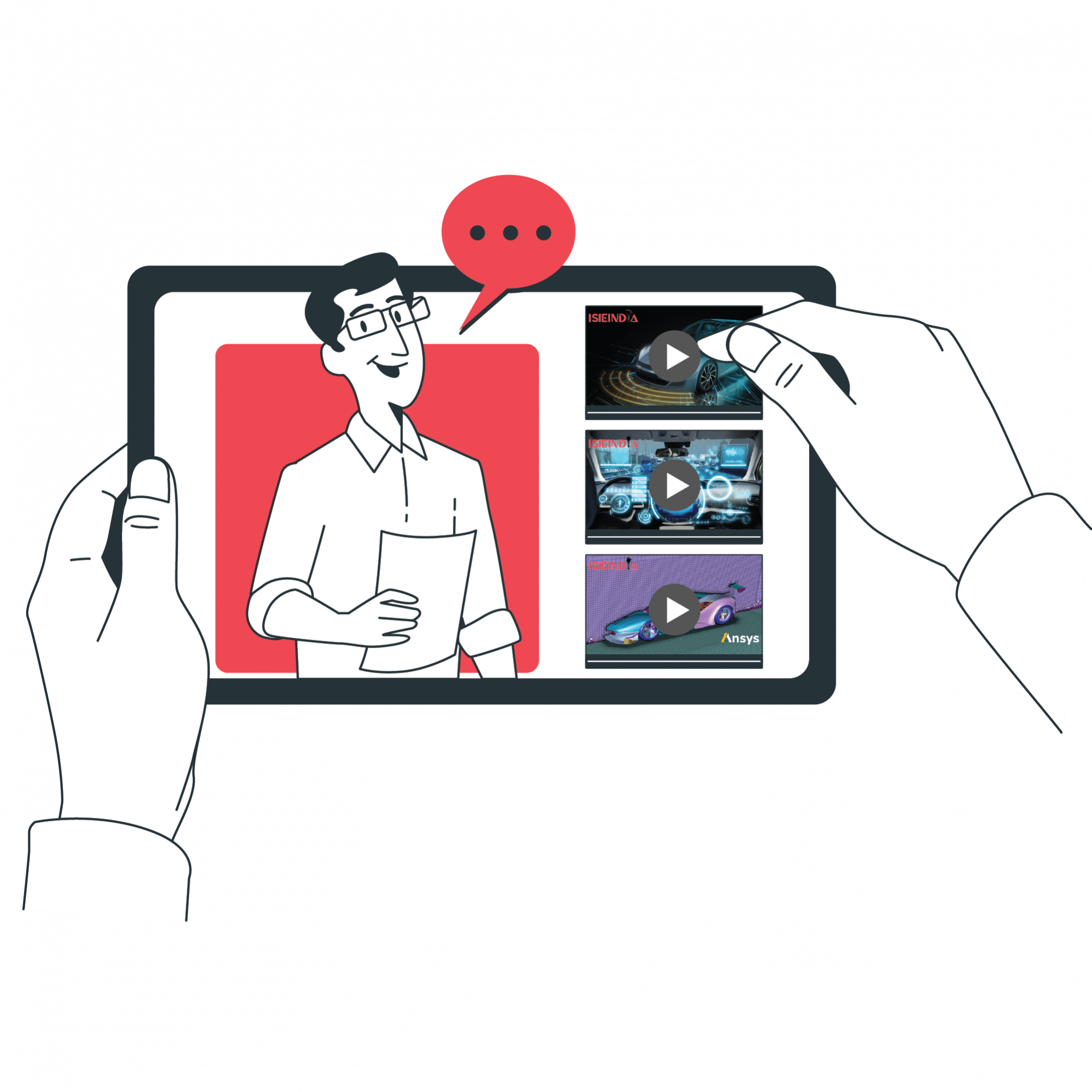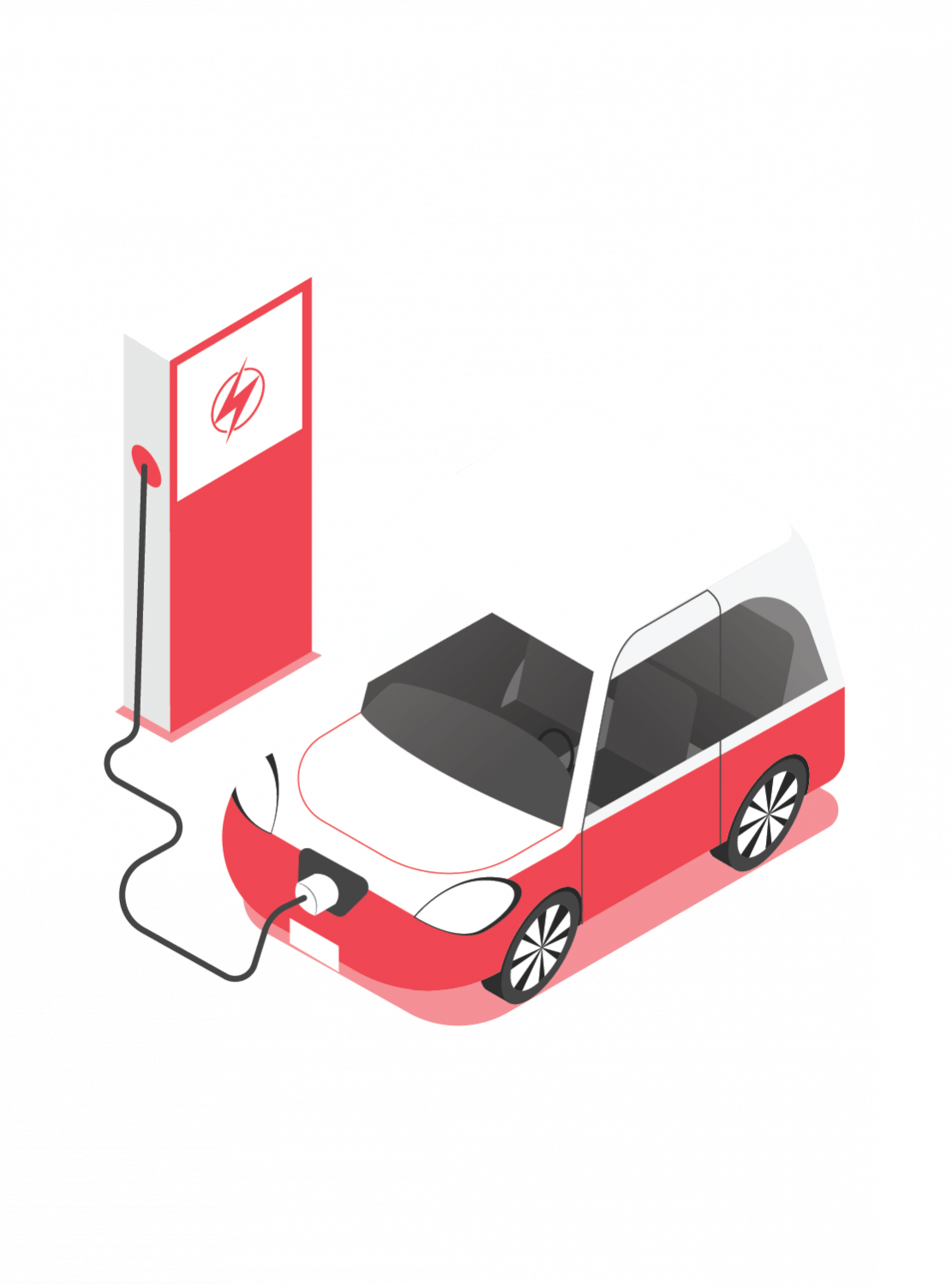
The automotive world is witnessing a revolution in driver information systems. Companies are developing head-up displays (HUDs) that go beyond simple speed readouts, incorporating augmented reality (AR) technology to create a more immersive and informative driving experience.
These advanced HUDs project virtual information directly onto the windshield, allowing drivers to see crucial details without taking their eyes off the road. This can include data like speed, navigation directions, lane departure warnings, and even highlights of pedestrians or cyclists appearing seemingly “on” the road ahead, enhancing safety and awareness.
The increased popularity of HUDs is no surprise. Modern cars are packed with features and information, and traditional instrument clusters can be overwhelming. AR HUDs offer a cleaner, more focused way to access key details, reducing distraction and potentially improving reaction times.
Furthermore, the potential of AR extends beyond basic driving information. Imagine seeing the best lane for turning displayed on the windshield, or receiving real-time warnings about upcoming hazards like traffic jams or accidents. These advanced features hold the promise of making driving not only safer but also more efficient and connected.
While still in their early stages, AR HUDs are becoming increasingly common in new vehicles, particularly high-end models. As technology evolves and costs decrease, we can expect this innovative technology to become more widespread, transforming the way we interact with information behind the wheel.




